Having an overview of the project you are about to undertake is an essential part of project management. This is what project scope management focuses on. In this article you will learn about what project scope is, why it is important project management, the various factors associated with the project scope management and how to manage the scope of your project with Sinnaps, the online project management tool.
Índice
What is Project Scope?
The project management scope of work makes reference to the detailed set of deliverables of a project. Essentially, they are drawn from the requirements of the project and set out what needs to be done. Normally, the information drawn is included in a project scope document, known as the project scope statement. Project scope in its meaning contains everything that needs to be accomplished in order to deliver a successful outcome, whether that be a product, service or simply a result.
During the beginning of the planning stage of the project life cycle is where the development of the project scope takes place. A list is drawn up that contains everything needed to design the framework of the project. The project scope refers to the overall needs of a project and ensure that project managers have a clearer idea of what resources they need to bring together in order to get working on the project itself.
For example, scope of work in construction projects clearly defines what is expected from each party involved in a contract, and this makes it an essential document in project management
Project Scope Management
Project scope management makes sure that the scope of the project is accurately defined and mapped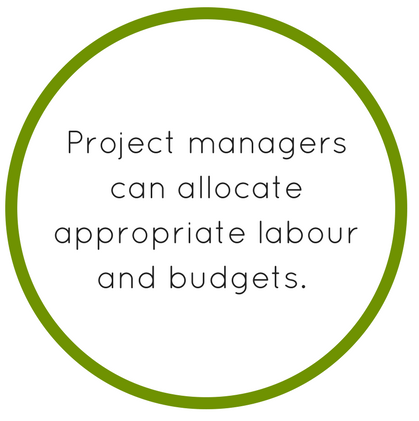 out. This helps to ensure that project managers can allocate appropriate labour and budgets necessary for the successful completion of the project. What is and what is not part of the scope is identified. The following three processes are what are involved in project scope management:
out. This helps to ensure that project managers can allocate appropriate labour and budgets necessary for the successful completion of the project. What is and what is not part of the scope is identified. The following three processes are what are involved in project scope management:
- Planning: Here is where the work involved in the project is identified.
- Controlling: The scope creep is focused on in this step as well as any documentation, monitoring and the approval and disapproval of potential changes. The scope of risk management and change management should also be identified in terms of how these occurrences would be controlled.
- Closing: This step involves an audit of the project’s deliverables and the assessment of the outcomes of the original plan.
A last important part of project scope management that will be explored in further detail further down in the article is producing a project scope statement. This is a formal document that needs to be drawn up after the processes have been completed.
Why does Project Scope need to be Managed?
The importance of the scope management process cannot be overlooked. It involves the management of the stakeholders’ and clients’ expectations, which can prove to be a complex task. A clearly defined scope can result in everyone involved with the project to be on the same page throughout the project life cycle. There are a number of reasons that explain the importance of project scope management:
- Requirement won’t be constantly changing as they have been set out and agreed upon in the scope statement before project work begins.
- There won’t be a need to rethink certain requirements in the middle of completing a project.
- The final outcome will be aligned with client expectations due to the approval of the deliverables beforehand.
- The budget is less likely to be overrun as it has been planned for in advance.
- The project is less likely to run over its initially planned duration. The work breakdown structure and its timeline will have been identified beforehand in project scope management.
If project scope management is effective, the aspects mentioned above will be greatly benefitted. Clearly defining and communicating the project scope is crucial to reap the advantages that project scope management offers. It is a form of control over what is and what is not involved in the project and what is approved or disapproved throughout project execution. The control factors that are established are used to address any elements that cause the need for changes in the project during its life cycle.
Without efficient and effective project scope management, project managers would be lost in terms of understanding what costs, resources and time are involved in the project. You can’t begin a project blindly because it will be bound to fail. The project scope acts as a base for every decision a project manager faces and as always, we cannot stress the importance of clear and consistent communication!
Project Scope Planning
Every project is unique in its own way and requires a defined balance between the processes, work, tools and techniques etc., so that the work agreed upon can be carried out. The sum of these aspects as well as the deliverable of the project itself is known as the project scope. The task of getting everyone involved in the project to agree on what the project scope is, is called project scope planning.
This is a key project management practise. Often, there are many people involved with the project and some may not necessarily be involved in its direct work. Project sponsors, clients, executives, upper management etc., all hold a stake in the project and its result, therefore it is crucial to align the expectations of everyone involved before undertaking the project. Understanding and defining what stakeholders your project is, is an essential part of the scope planning process. The public could even be an active stakeholder that needs to be taken into consideration.
Project Scope Checklist
When trying to define the scope of any project, it is important to take into consideration a number of different factors. This checklist should be followed, and the factors identified so that the project scope can be successfully defined:
- The objectives of the project
- Project goals
- Sub-phases/tasks
- Tasks
- Project resources
- Project budget
- The project schedule
After establishing these parameters, it is important to establish the limitations of the project and to identify any other aspects that will not be involved in the project. In this way, stakeholders, team members, clients etc will have a clearer understanding of will and what will not be included in the final outcome of the project, whether it is a product or service.
All about Project Scope Management
- Project Scope Statement
- Project Scope Example
- Scope of Work in Construction
- How to Prevent Scope Creep Project Management
- Project Scope Definition
- Scope Management Plan
- Scope Creep Example
- Scope Planning
- Scope of Work Template
How to Manage Project Scope with Sinnaps
Sinnaps is an online project management software that helps to make your projects more efficient and effective. The tools and techniques included in the online platform will help to optimise your project management skills and also present a way to create a project scope management plan.
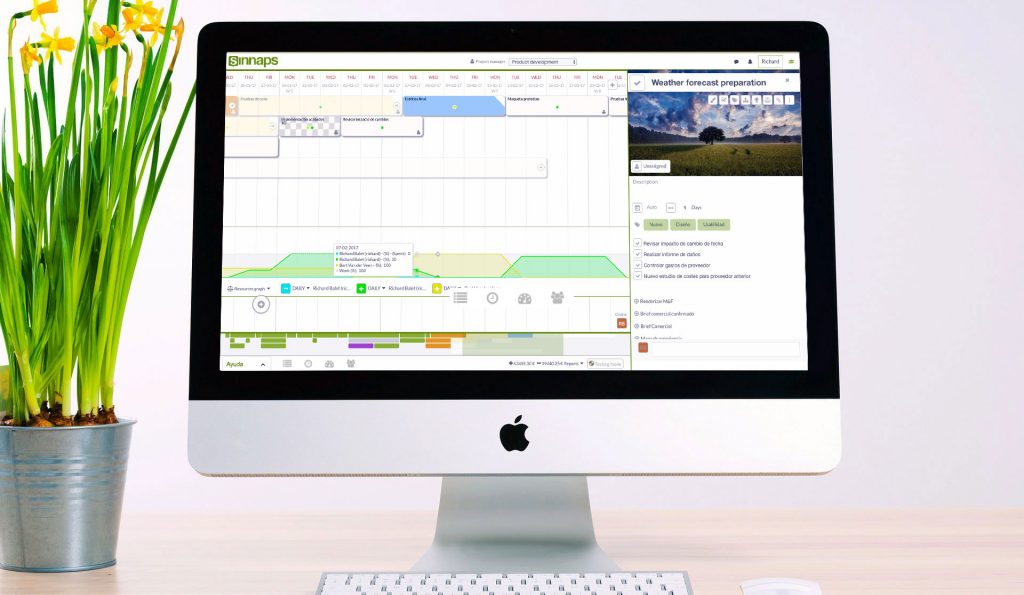
Plan out the work of your project on Sinnaps’ updated version of the traditional Gantt chart, known as the Gantt flow. Here you can plan out the specific tasks and subtasks associated with your project across a timeline. This presents a clear visualisation of the work that is to be done in order to complete the project successfully.
The Gantt flow also contains the critical path of the project, automatically generate to show you how to complete your project in the shortest time possible. This is done using PERT and CPM technologies. The task interdependencies are outlined and the tasks most critical to your project’s completion are highlighted.
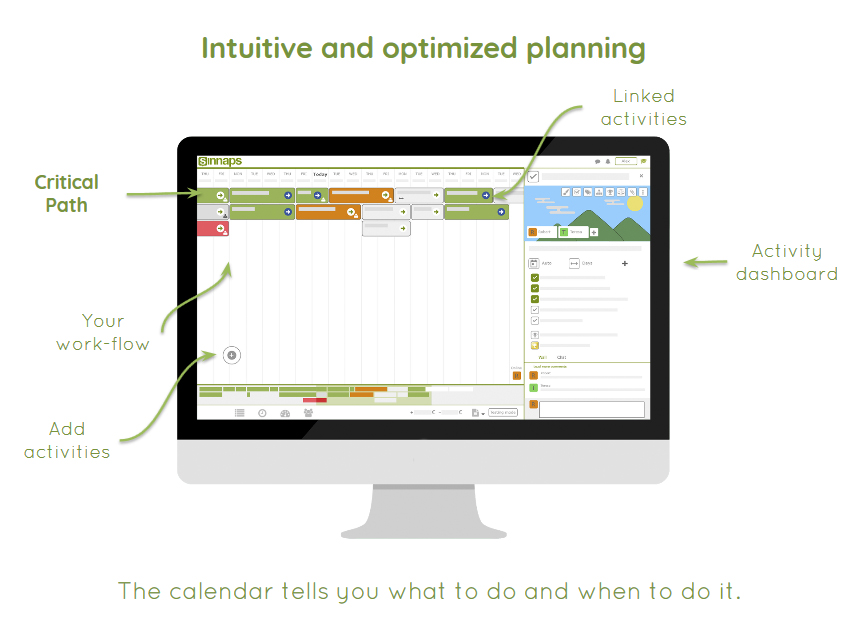
A Milestone is not just a great tool to manage uncertainty, which can be a common occurrence in project management, but it is also good for risk management. It is a decision-making point for the team in deciding whether to go on with the project. It resolves any doubts along the way and is a fantastic tool from Sinnaps useful in scope management.
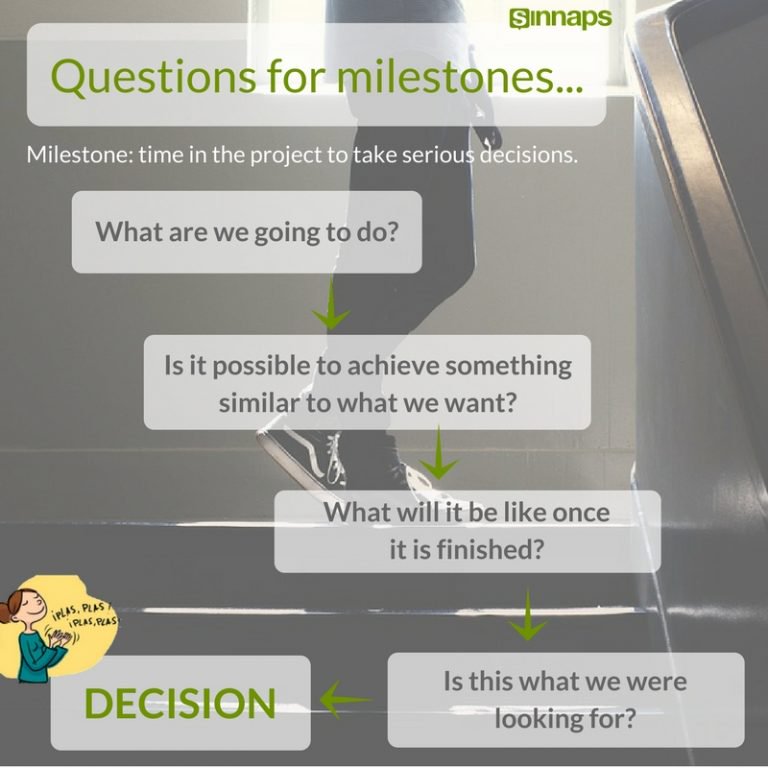
When managing and planning the scope of your project it is important to have a clear visualisation of the tasks and sub tasks that will be involved in the Work Breakdown Structure. Sinnaps allows you to plan for each of these and to assign them to specific users with specific resources. They have the ability to set the due date, due time etc. A fantastic way to see what the future of the project will look like.
The Key Performance Indicators available through the Sinnaps app monitor the performance and use of the project budget, resources and time. This is a useful tool during the project life cycle that helps everyone involved to keep on track and to not lose sight of the limited budget, resources and time that they have.
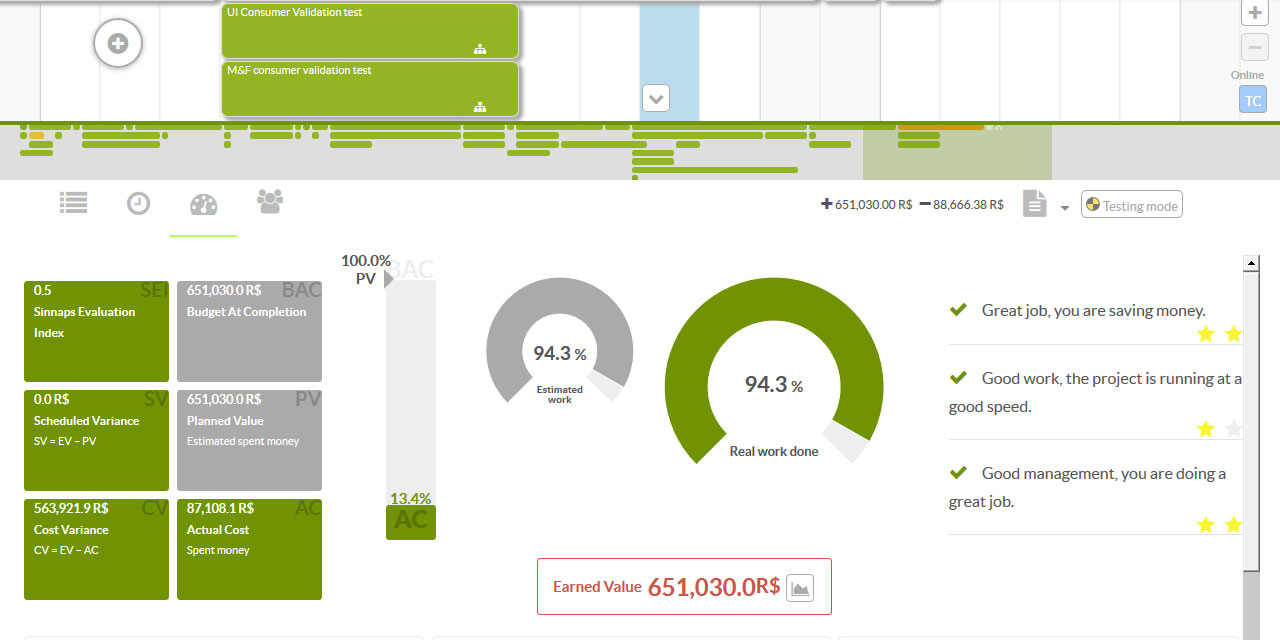
Communication is a key part to successful project management in general and especially to project scope management. With Sinnaps, communication is made easy through features such as a project wall that updates everyone with project activity, live in chat features where any doubts or questions can be instantaneously discussed and the connection to your email, which means that even if a member is not active on the app, they receive an email notifying them of any changes or messages.
Another useful tool that is part of Sinnaps and strongly applicable to project scope management is the project management templates that are available. Documentation in key when managing the scope of a project and having a ready-made template by yourself or by someone else in the community has great time-saving capabilities as you don’t need to draw a document up from scratch every time. You can export the template to excel and modify it to the specific needs of your project.
Creating a clear and concise document that captures the goals, deadlines and relationships that shape the project is called the scope statement. The specific elements included in the document make it an effective paper that can be referred to throughout the project to clear up any misunderstandings and it serves as proof of the agreed upon scope. These are some essential sections in a scope statement:
- Business Case: This outlines why the project is required and what beneficial outcomes are expected to be delivered.
- Project Description: This is an overview of the project’s final result/deliverable.
- Success Criteria: What forms part of the project that will make it successful and capable of delivering the pre-agreed upon outcomes.
- Limitations: Any resources or technology related issue that may limit the project in its completion.
- Assumptions: Any assumptions that have been made that will have an effect on the final outcome.
Having these factors defined will make the management of the scope a much easier task for project managers. Having a ready-made template to draw up the template makes that task even easier and more effective. This document will allow everyone involve to stay on track.
Overall, project scope management is a crucial aspect to project management in general. Understanding what your project will look like and what will be involved is an essential preparatory step to actually managing a project. The best project managers are those that effectively manage the project’s scope. Start managing your project’s scope with Sinnaps today!
Some recommendations…
Creating a Project Checklist
Here at Sinnaps, we love hearing your opinion and helping you in any way we can. Be sure to give this article a like if you enjoyed it and feel free to leave a comment with any questions or opinions that you have! 😊

